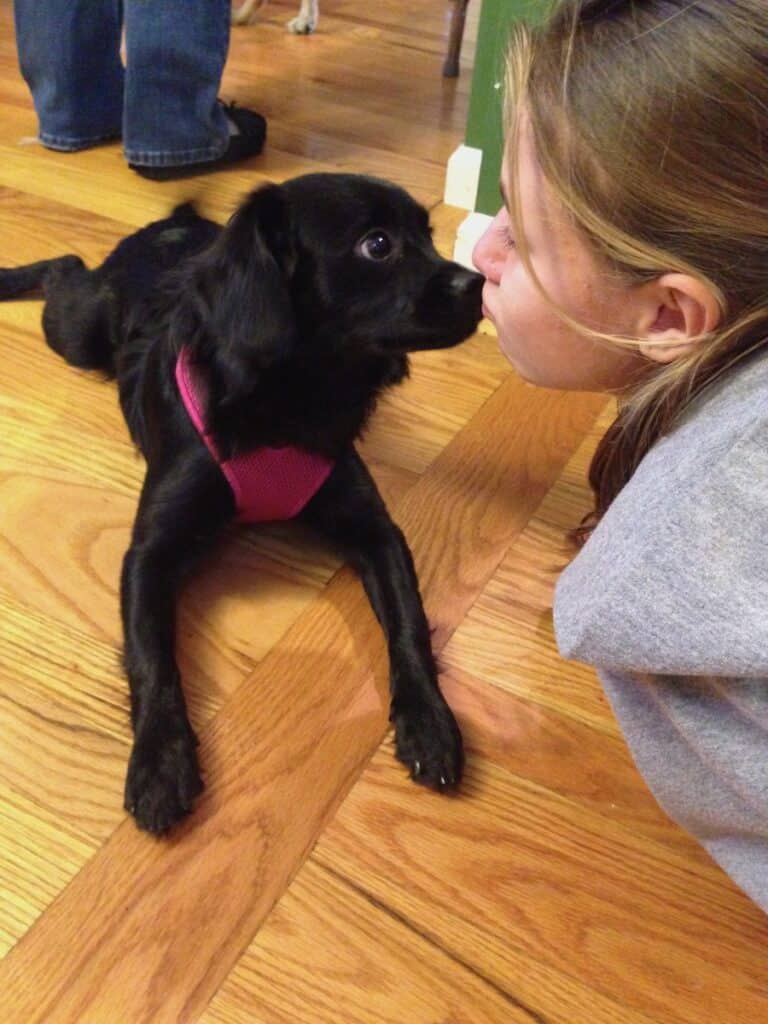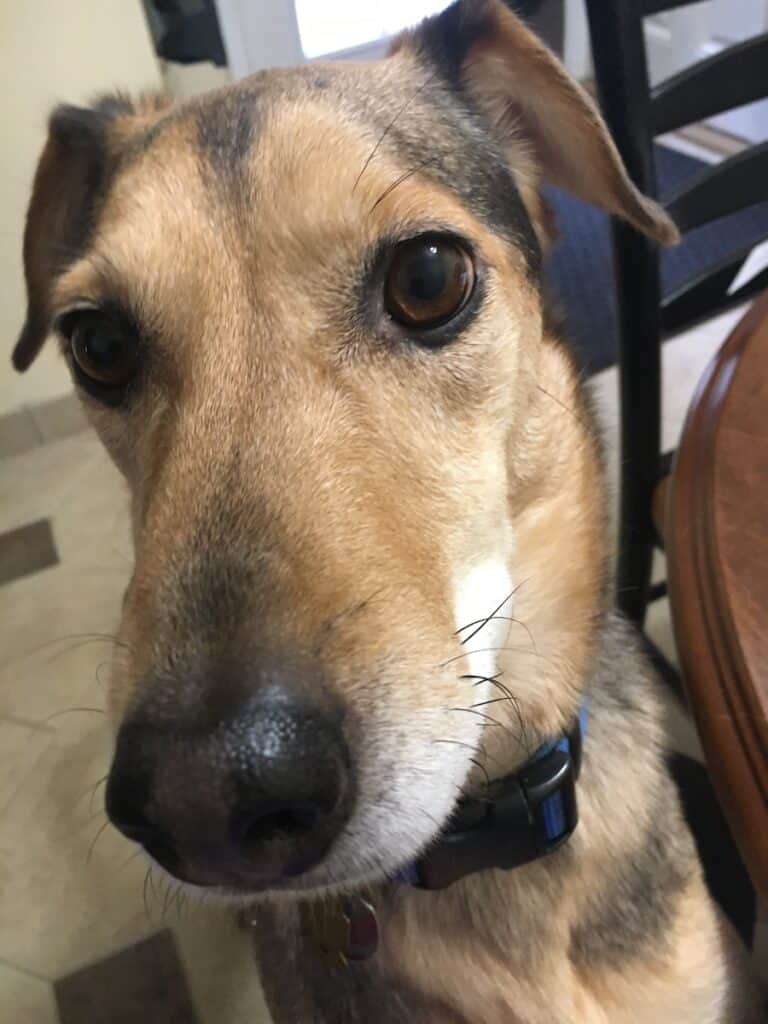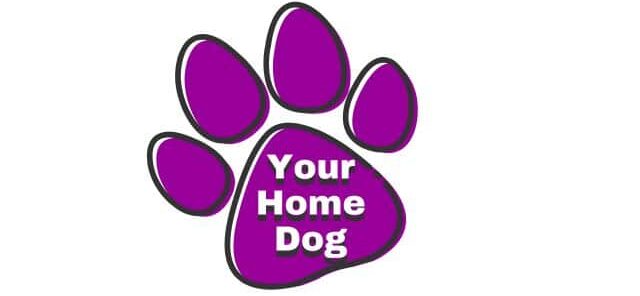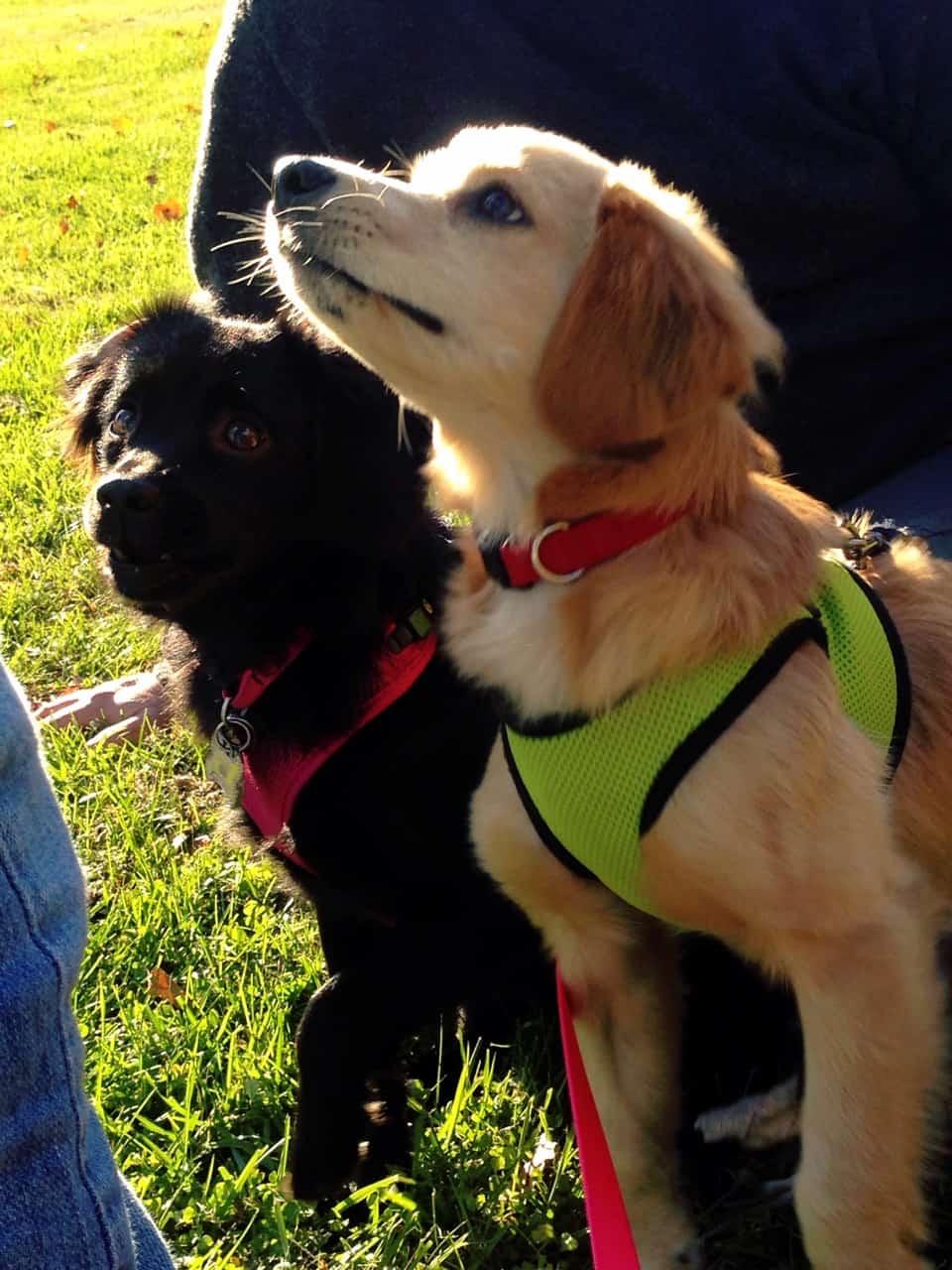You don’t have to wait until National Puppy Day to get a crash course in puppy body language. In fact, if you’ve recently adopted a puppy, this is important information to have.
While I couldn’t track down the statistics on how many puppies are adopted each year, here is what I did find: according to the ASPCA some 1.6 million dogs are adopted from shelters each year.
Many times shelters and rescues will charge a higher fee for younger dogs–to encourage adopters to look at adult or mature animals first.
Understanding puppy body language and behavior
However, if you do find yourself adopting a puppy on National Puppy Day–or maybe you already own one–you may be stumped by your puppy’s behavior and body language.
According to Camp Bow Wow pet expert Erin Askeland, nonverbal communication accounts for 93 percent of the way dogs communicate. Puppies are no different.
What makes it challenging with puppies is that they likely haven’t been around your home for a long time. Every dog owner knows that after a few years of living together, you can speak fluent “dog.” But a puppy is a whole other foreign language.
So, to help you read your dog’s body language, here are a few signs that could help indicate what your pup is thinking by how it is acting.:
Puppy is acting out
Dogs do whatever they can for a reward. A reward could be food, toys, pets, or any type of attention.
And their desperate attempts to get that attention might include chewing, barking, and going to the bathroom in the house.
These activities are self-rewarding because pet parents are often quick to react to these behaviors, giving them instant gratification.
Pet parents can help curb this behavior by replacing bad behavior with the behavior they do want.
For example, if a dog is chewing on a table leg, you can walk them away from the table leg and give them something that you want them to chew on, like a bone or toy.
Or, if you think this body language means, hey, I have to go out, then by all means, take the puppy out.
Lots of tail wagging
A wagging tail does not always mean the dog is happy. In fact, there are a whole host of different body language explanations based solely on how your dog is holding their tails.

For example, typically a slow, stiff, side-to-side wag with the tail straight up is a sign of an alert dog, not an excited one.
On the other hand, a tucked and wagging tail is a sign of nervousness and submission.
Then, there are happy dogs; will have their tail at a neutral level and will wag it quickly and loosely.
The best tail is the “helicopter tail,” which is just like it sounds. This is when the pup wags its tail in a giant circle. That means they are very happy.
My dog Oscar is very good at the helicopter tail!
Nipping and barking when playing
When at play, dogs often nip at each other’s faces, feet, and tails and make a lot of noise. While this might seem scary to new pet parents, this is all perfectly normal.
Pups are social learners and often pick up behaviors from other dogs and their body language.
This is also how they learn how to play appropriately. So, it’s important that they get a chance to do so.
When a dog grabs another’s muzzle or neck with his mouth, he is showing aggression. The only time an owner needs to remove their pups from a play situation is if a dog is clearly scared: tail tucked, trying to get away, hide, or appears to be frantic or panicked.
Other puppy body language
Well, if a dog feels threatened, they will often try to flee the situation first. If the dog can’t get away, it may growl, bare its teeth, bark, or even stand up on its toes with its ears and tail raised to make themselves look bigger.
Overstimulation, in the form of fear, anxiety, excitement, surprise or arousal, can also cause dogs to experience piloerection, also known as hackles. That is the raising of the hair over their back and down to their tail.
Here are two other body language cues about how your puppy is feeling.
Exposed teeth
Generally, when a dog exposes their canine teeth, they are showing aggression or fear.
When a dog pulls his lips back horizontally and shows more teeth in a “grin,” this is an appeasement gesture, as is when he administers a licking, lolling tongue.
Of course, many dogs can show their moods in very different ways.
Ear position
Ears are the barometers of a dog’s mood. Different breeds adjust the shape of their ears depending on their moods.
If a dog’s ears are erect and facing forward, they are interested and/or aggressive. When their ears flatten against their head, they feel fearful or submissive.
For example, my aforementioned, helicopter-tail dog, Oscar, often folds his ears back when he is super happy and content–not fearful.

So watch your puppy carefully and start taking mental notes of what kind of behavior or body language seems to match up with your dog’s mood. Soon enough you’ll be speaking fluent puppy.

